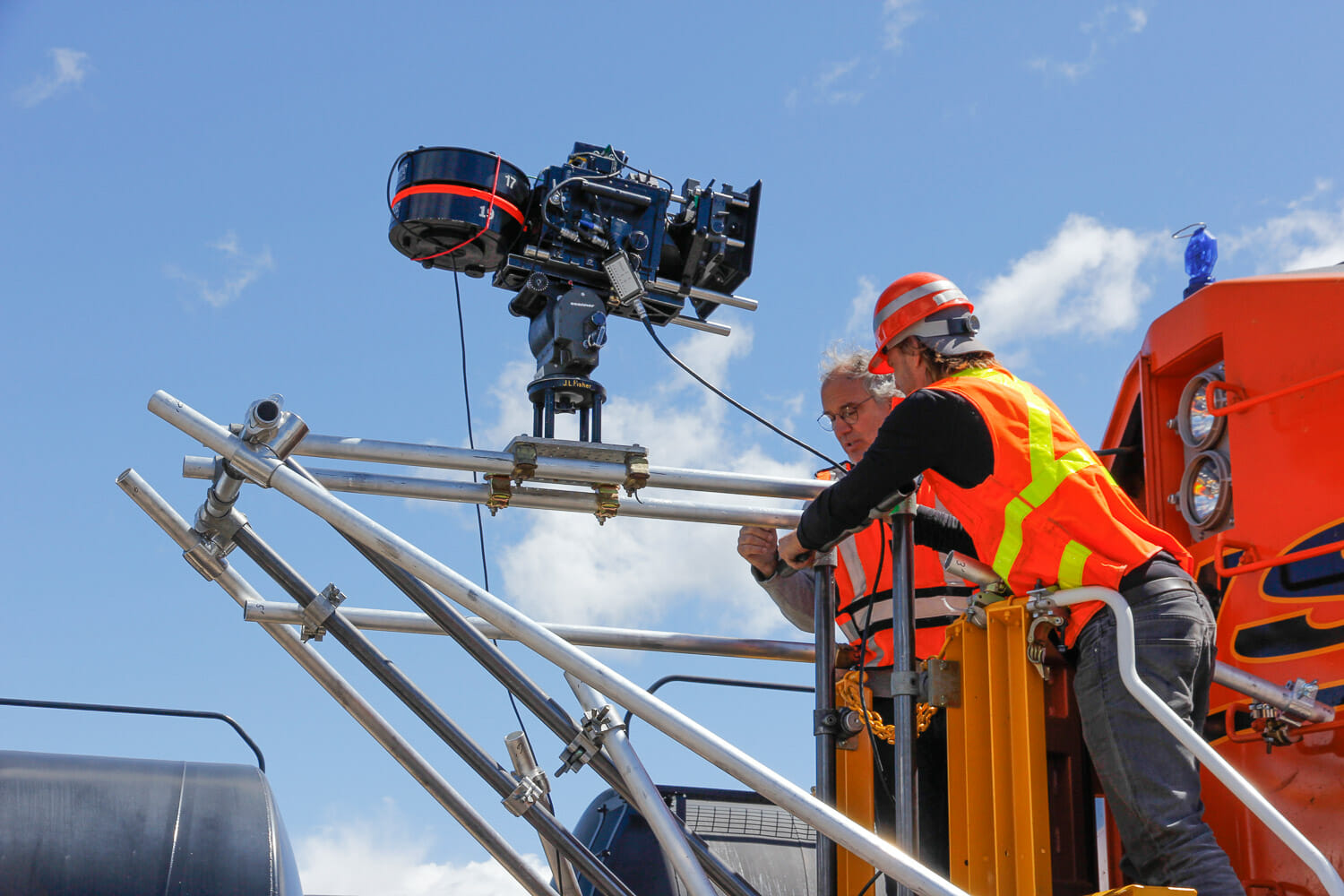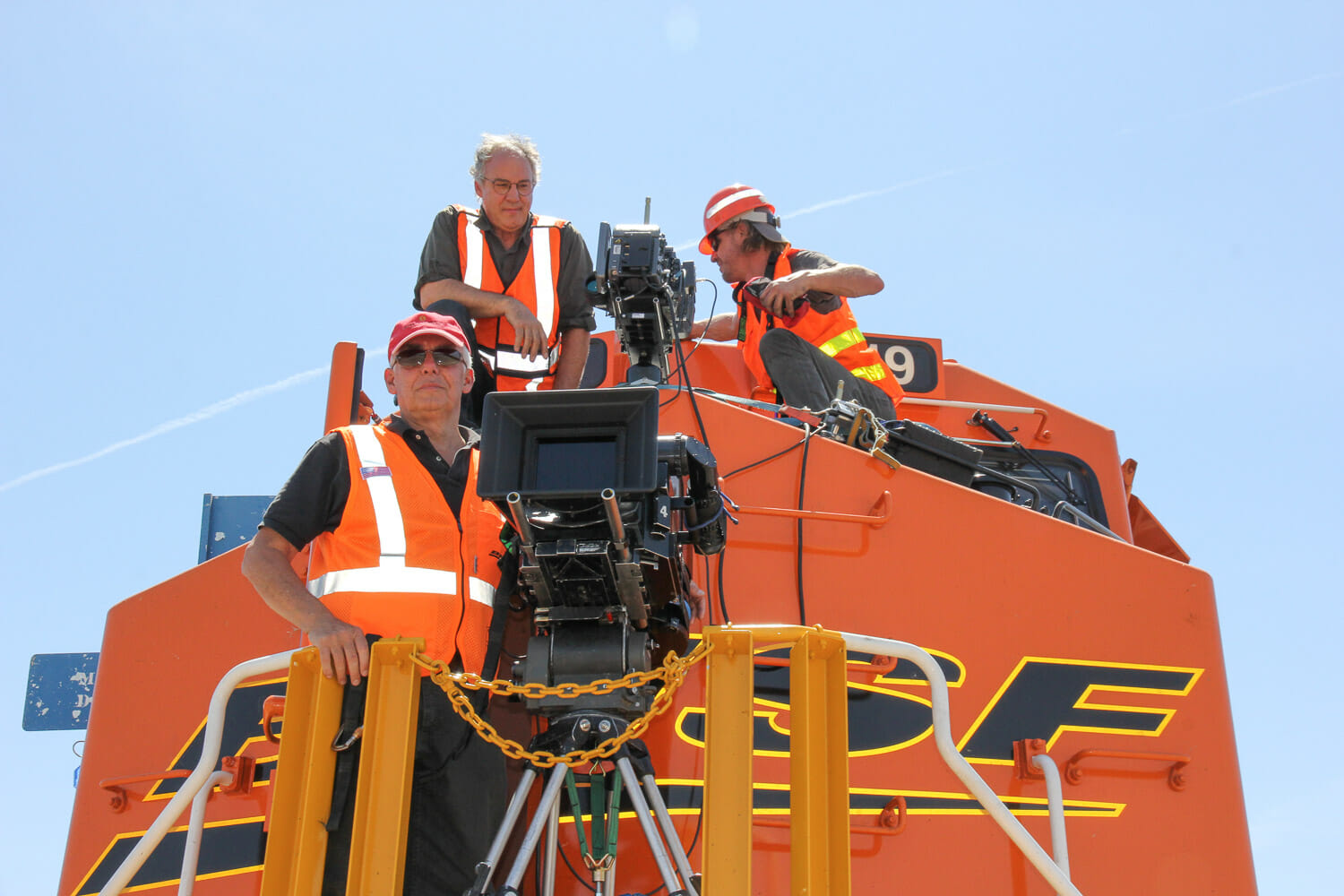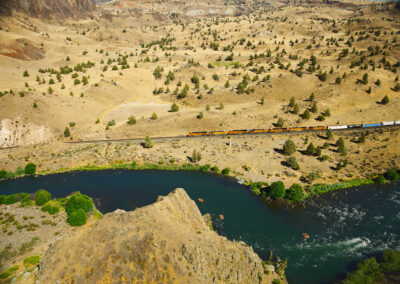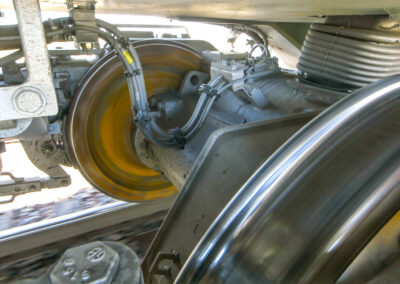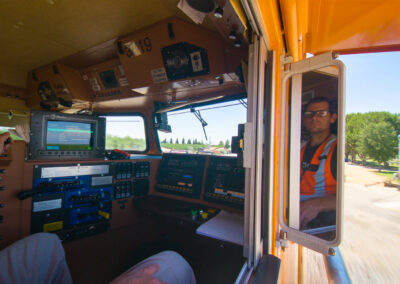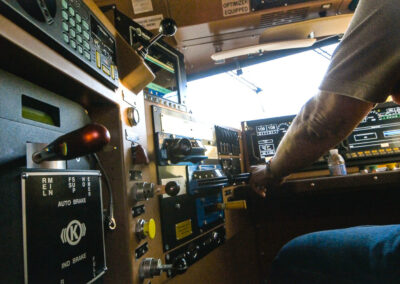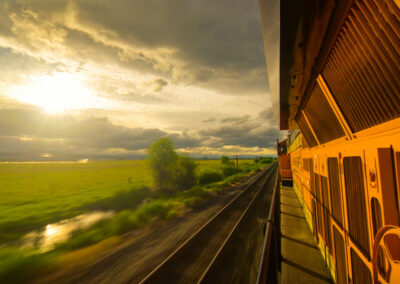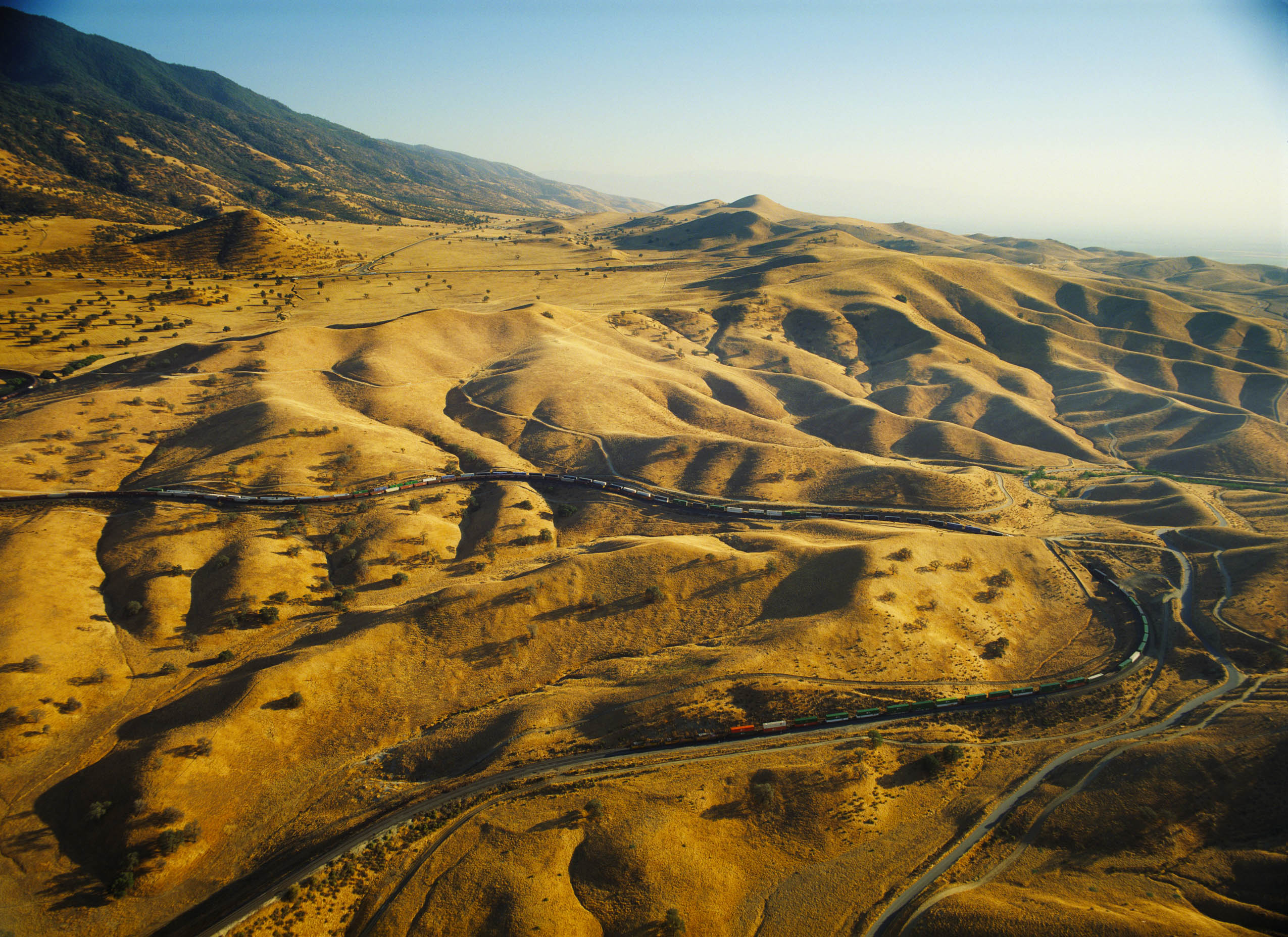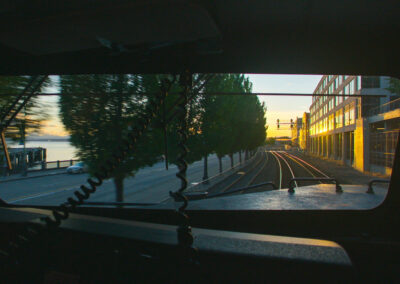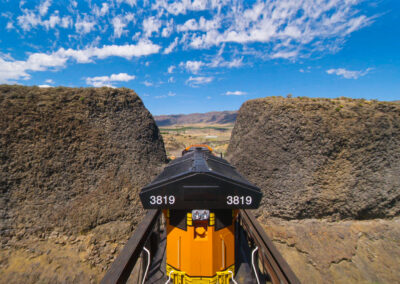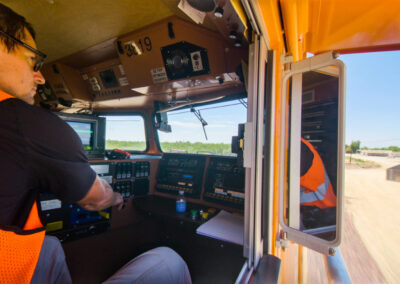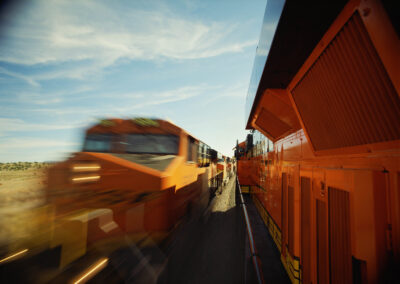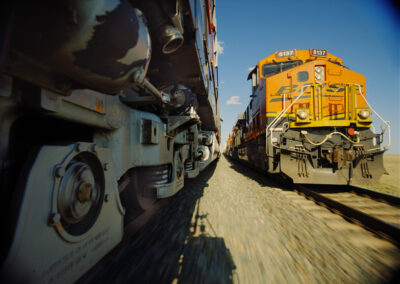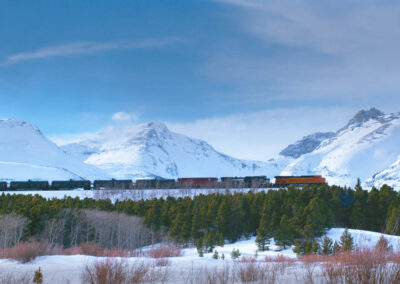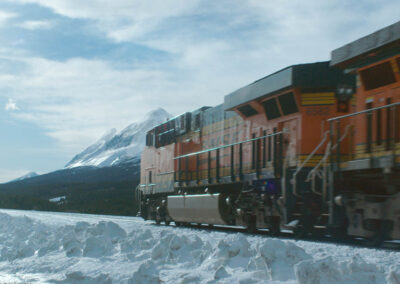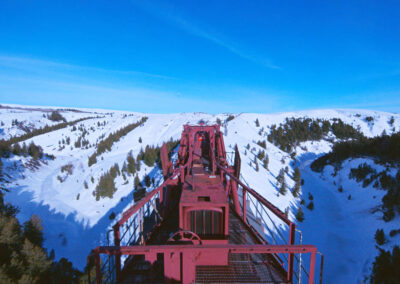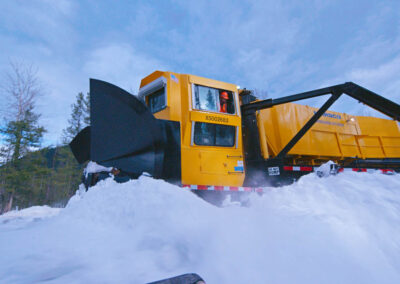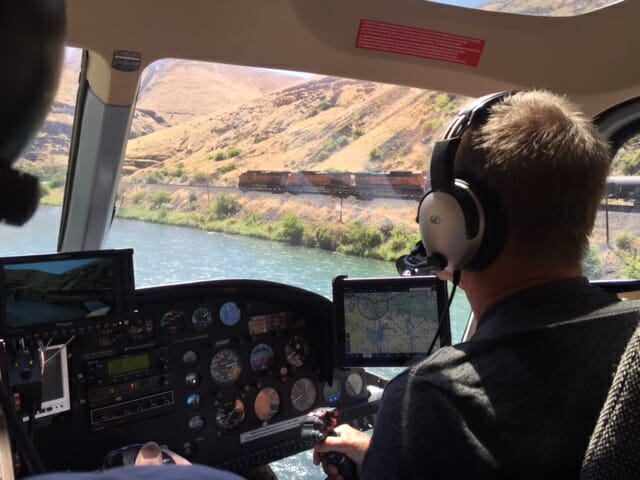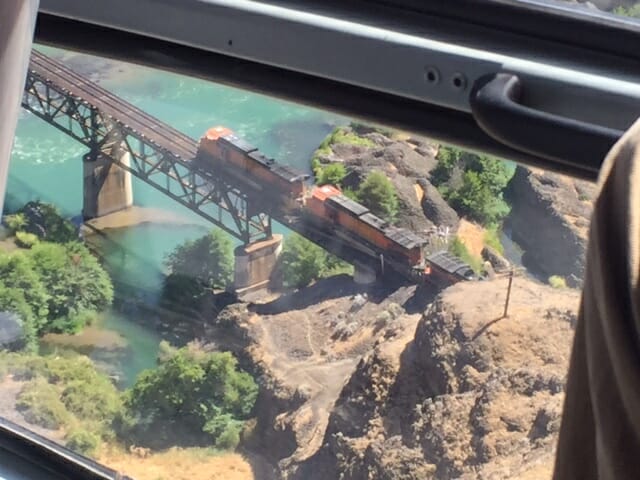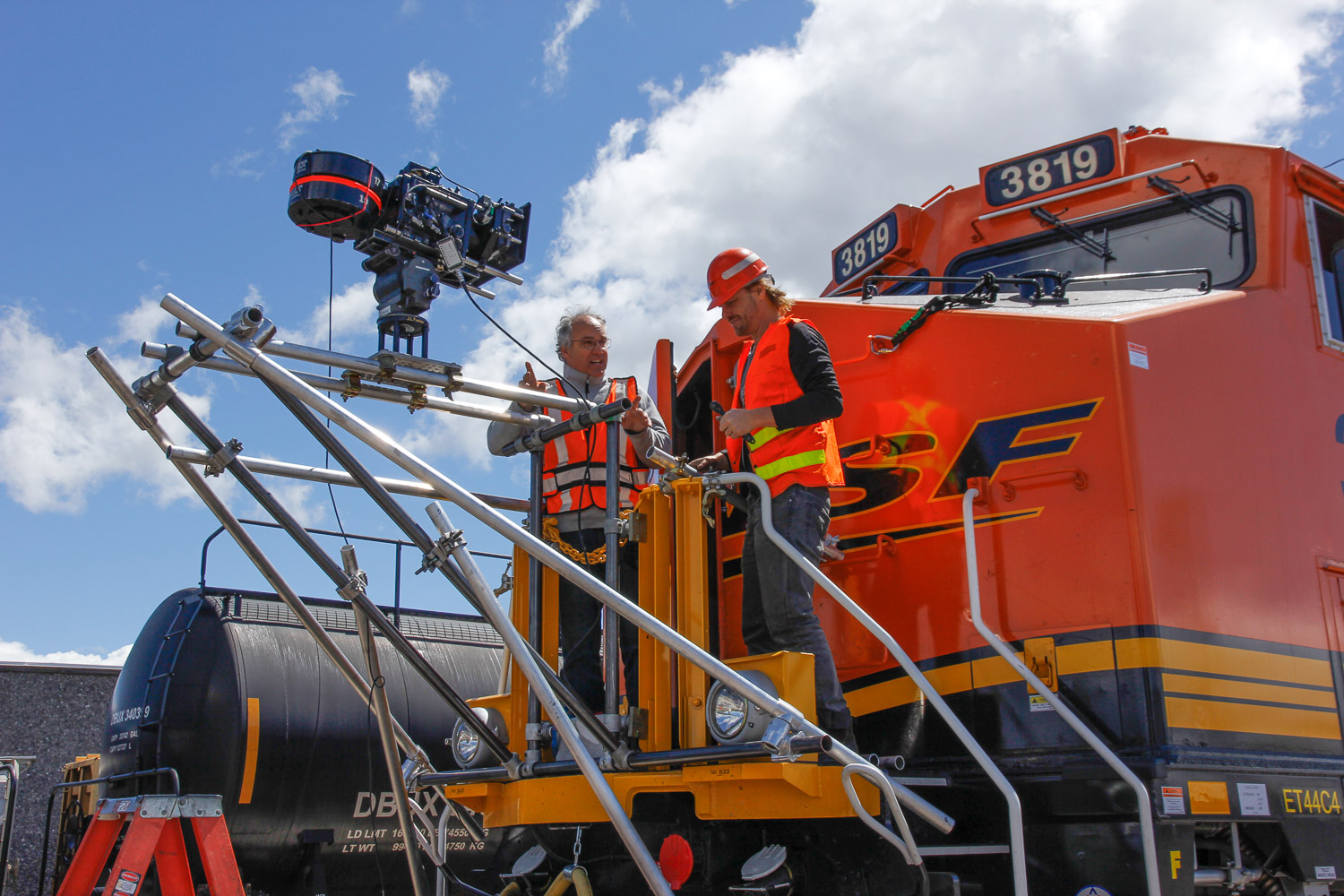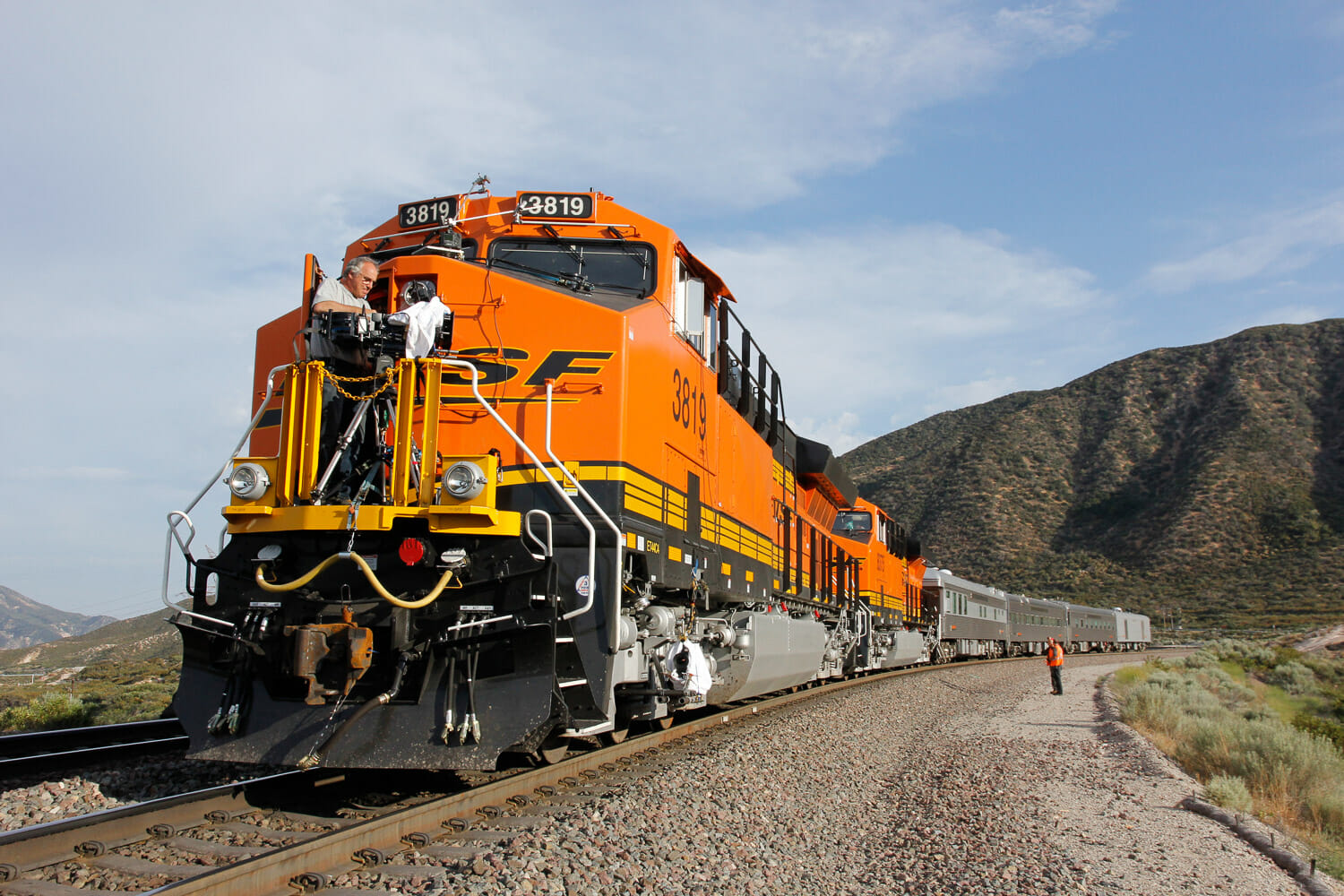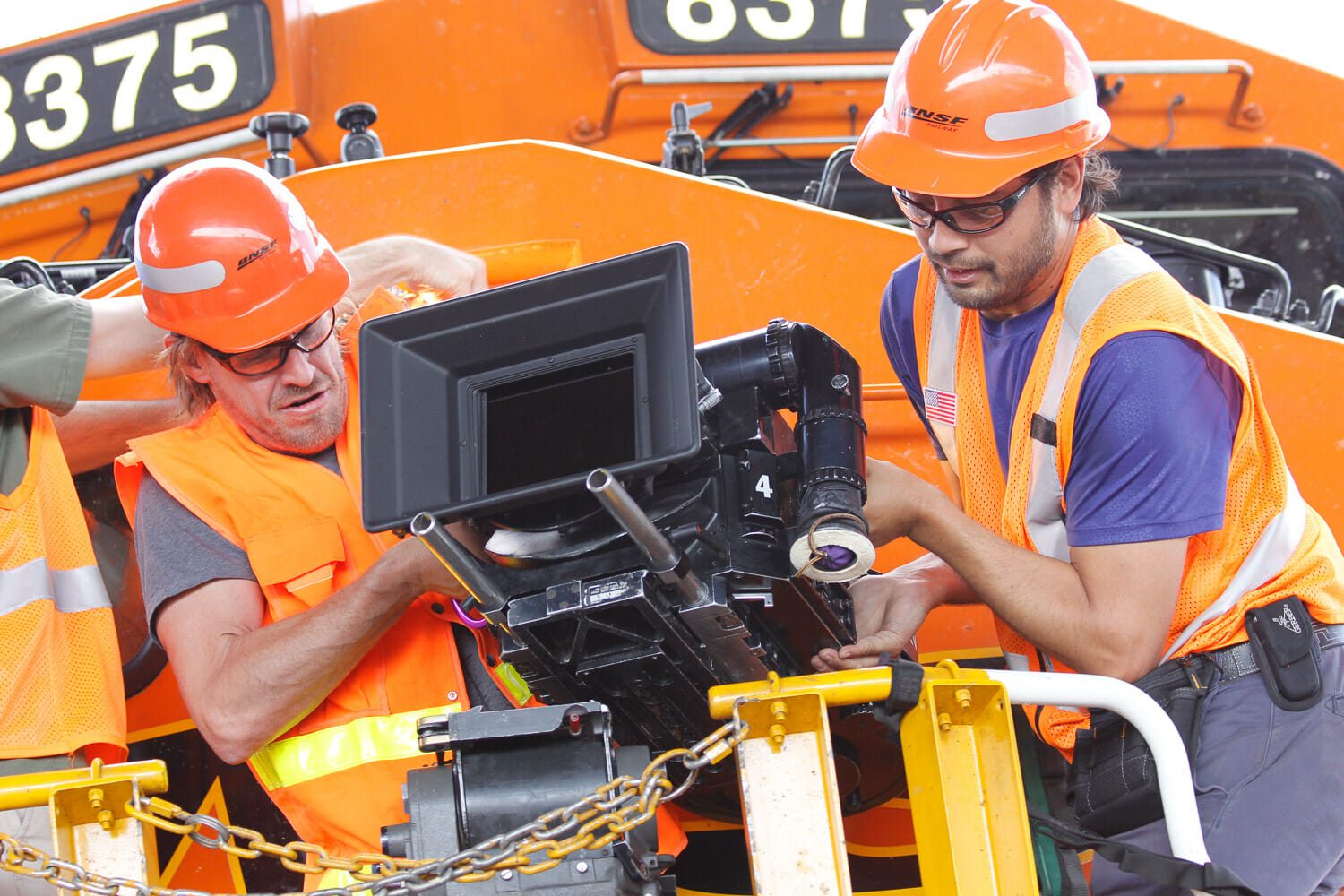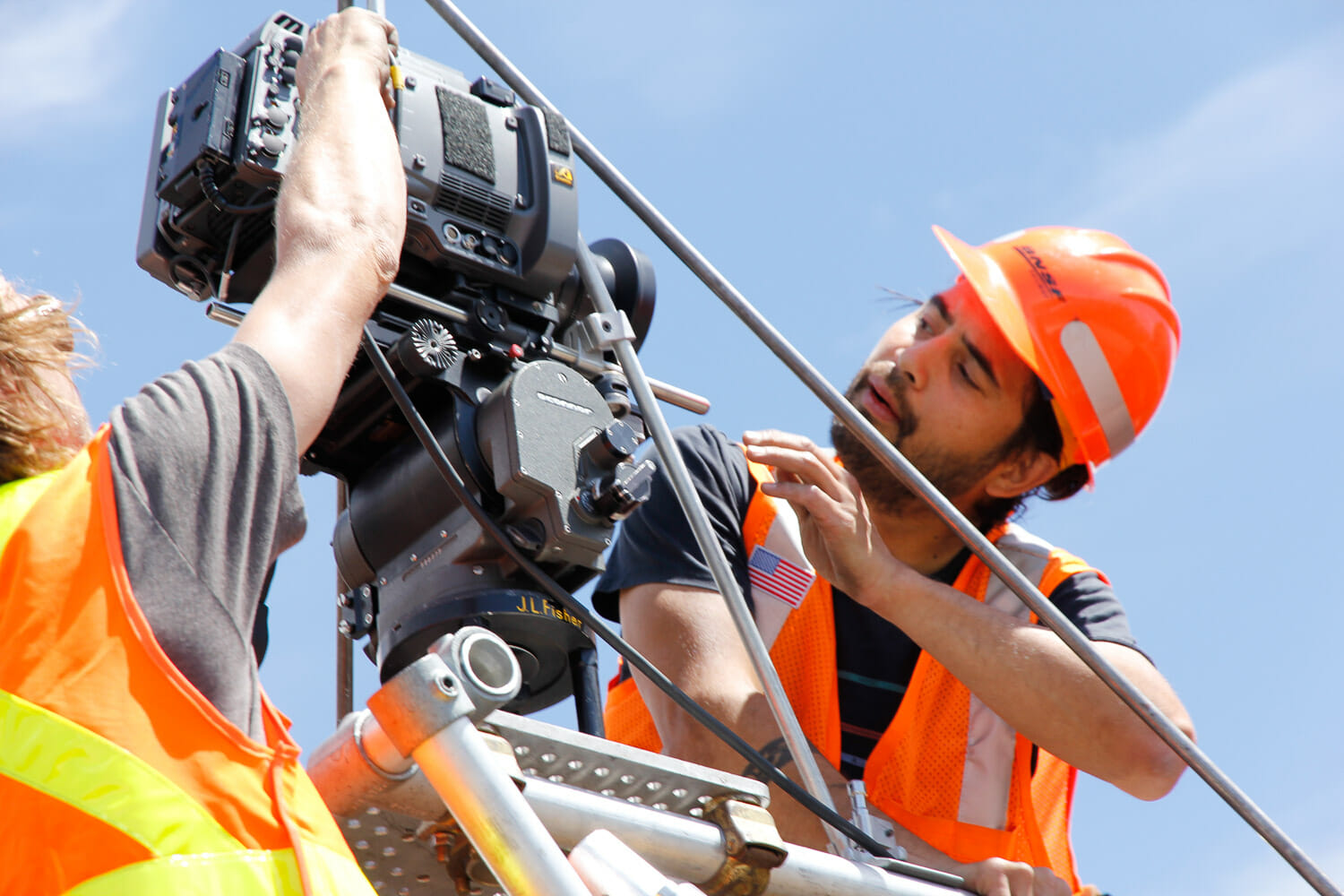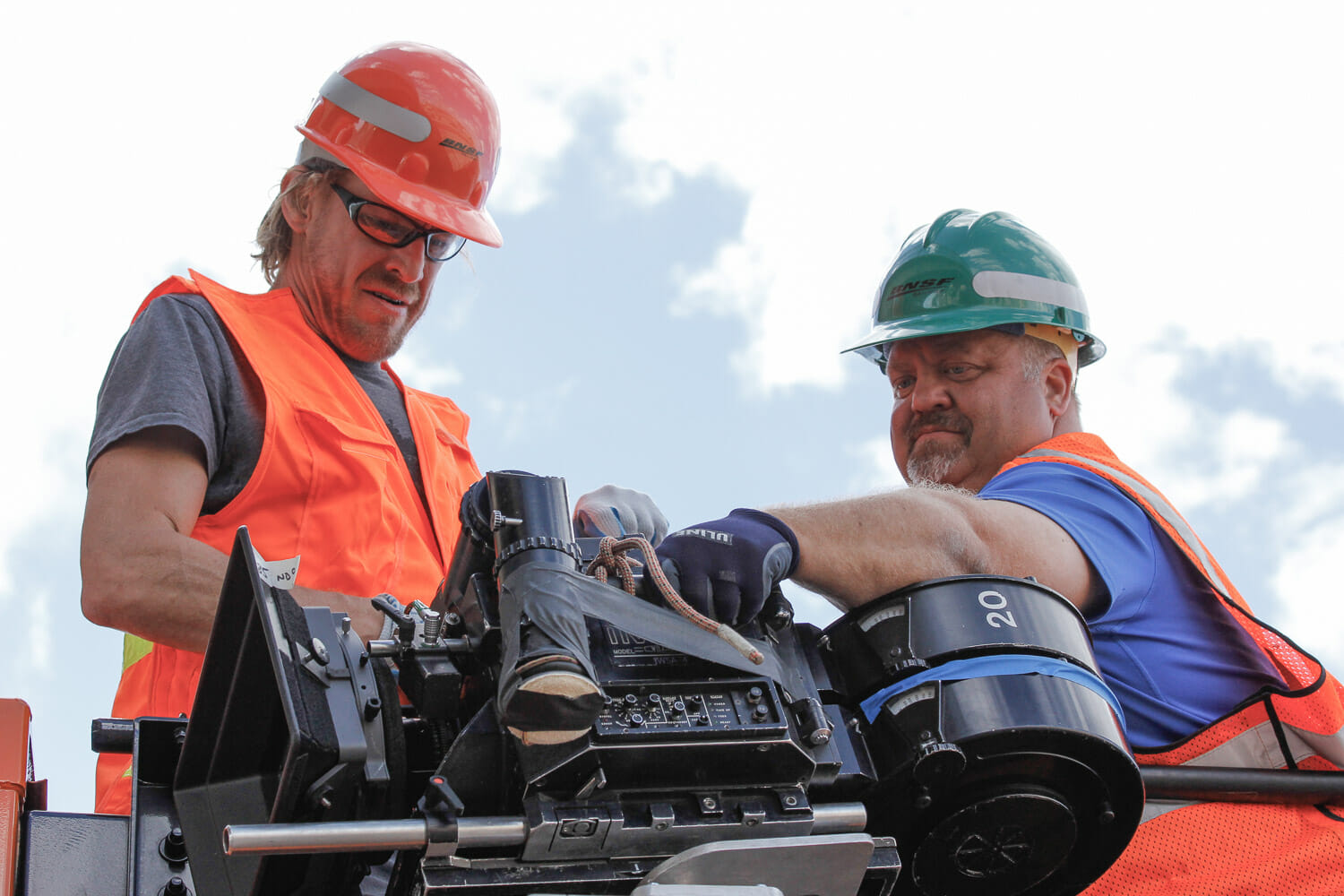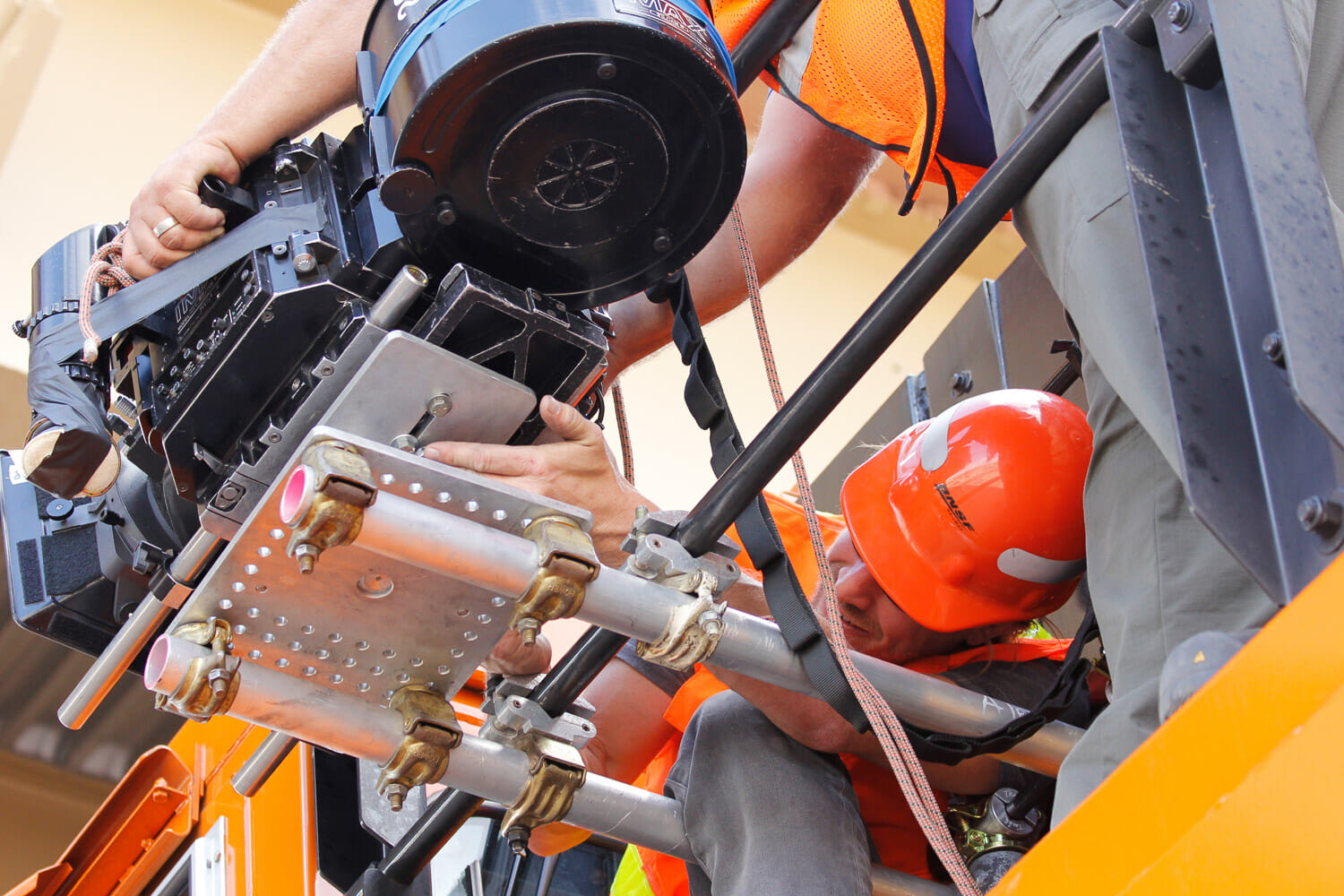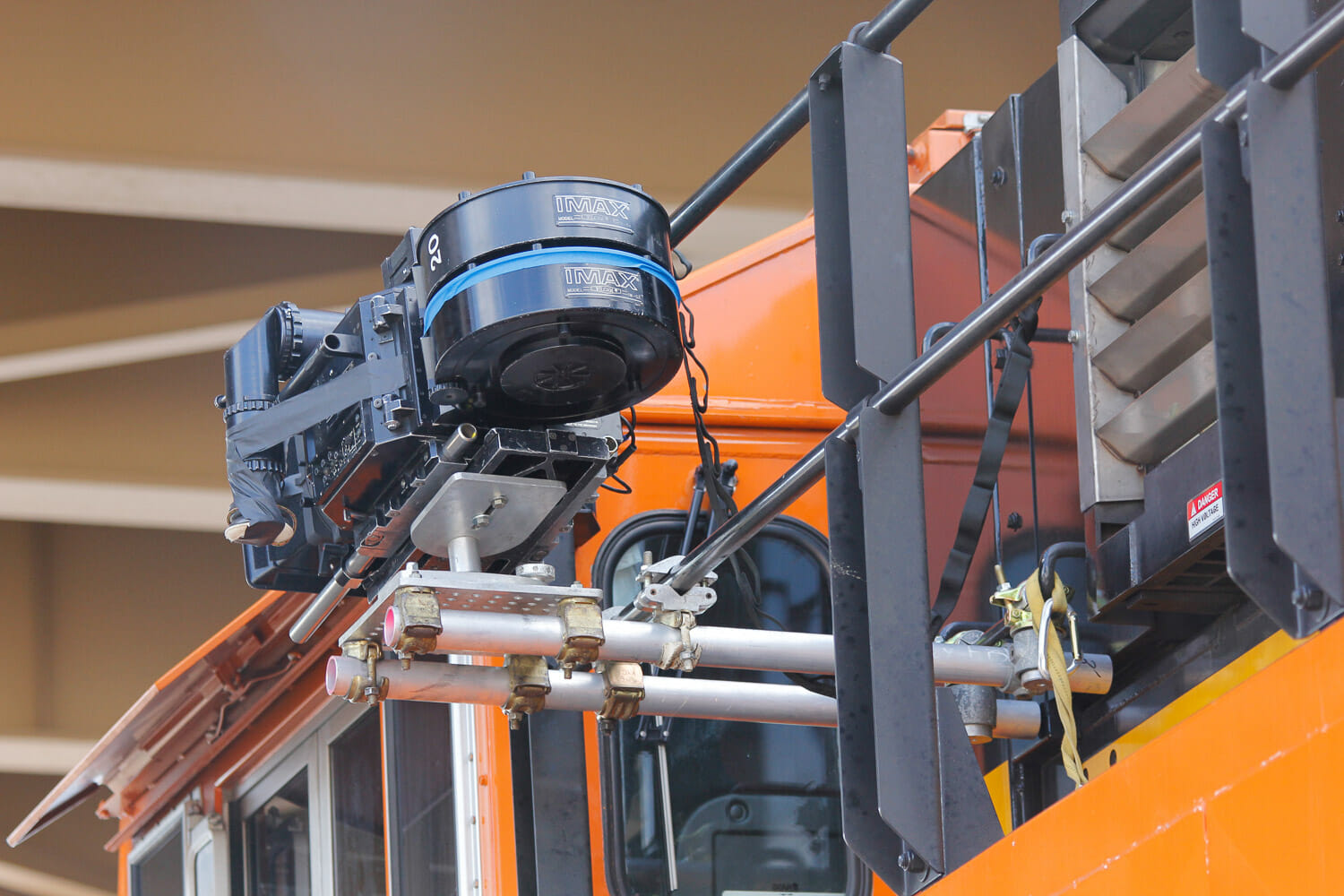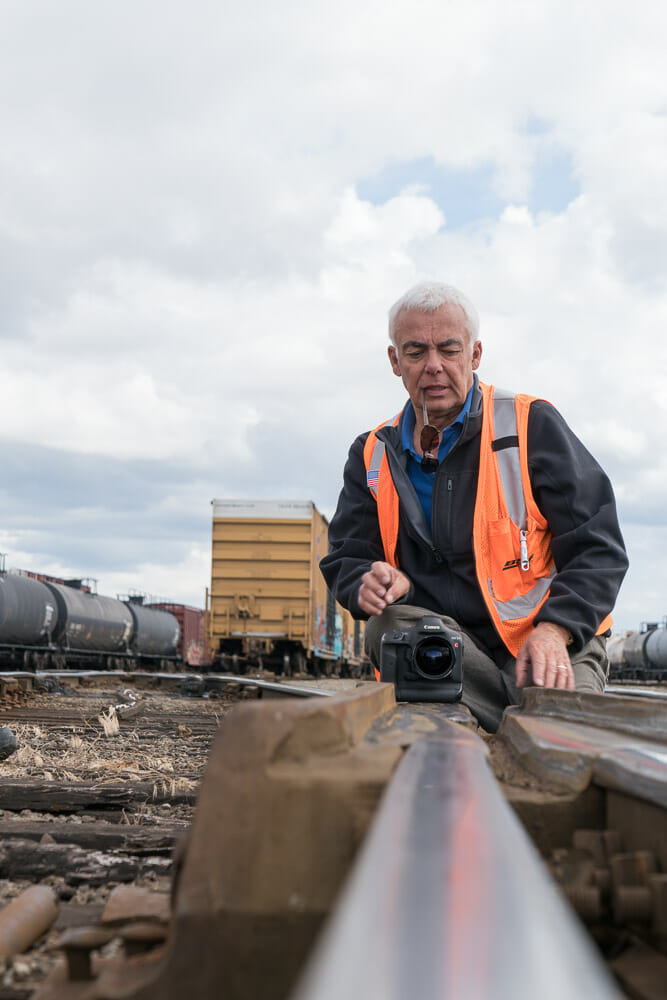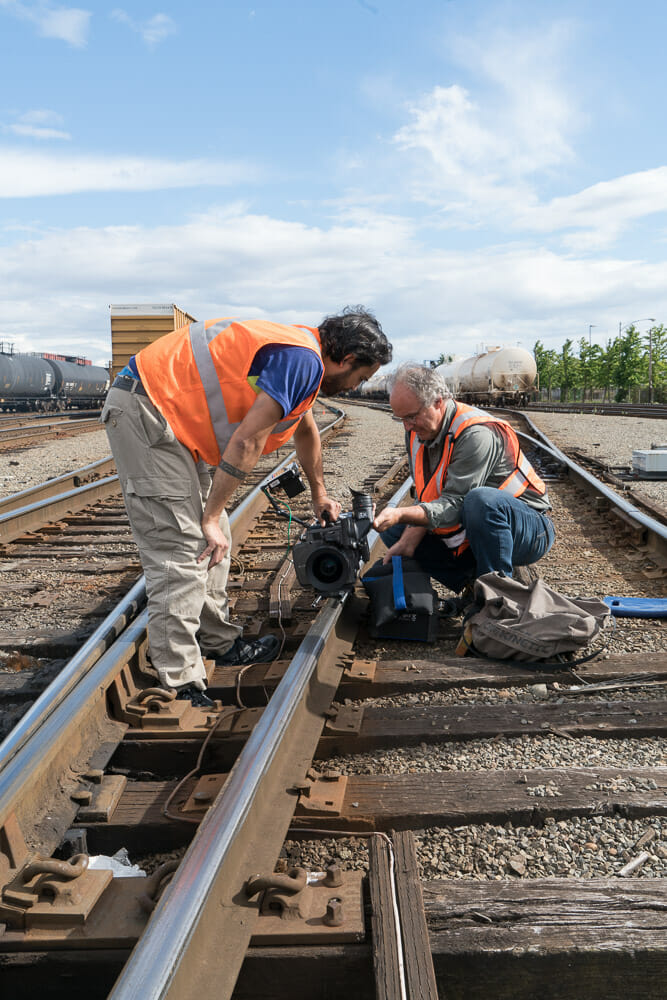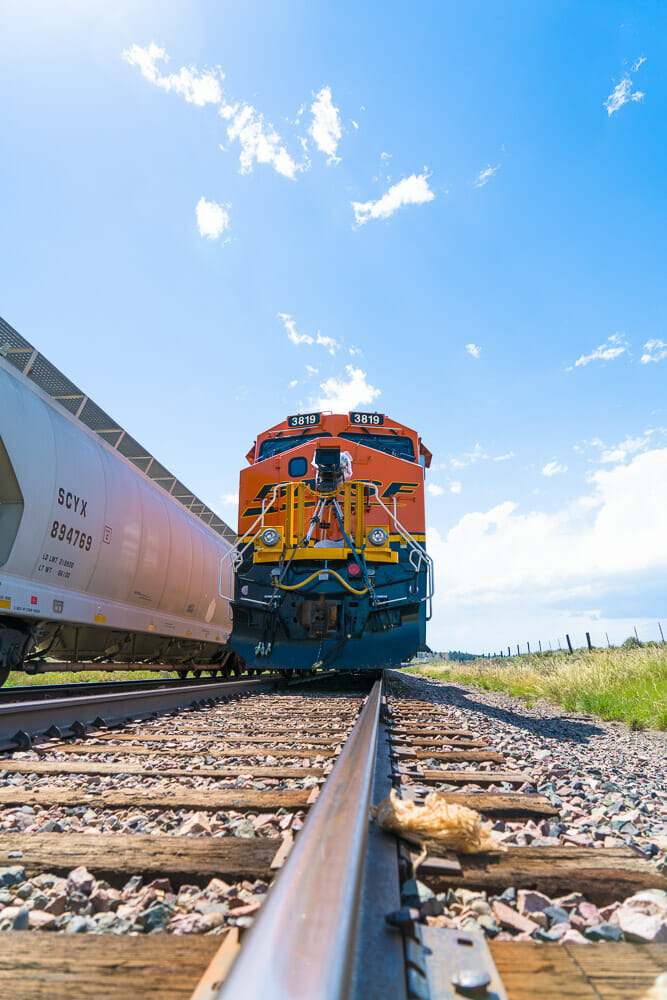Train Time
LAUNCHING THEATERS [Updated: July 29, 2022]
Where to see Train Time
Pittsburgh, PA—Carnegie Science Center (U.S. Premiere); opens September 3, 2022—https://carnegiesciencecenter.org/
Victoria, BC — IMAX Victoria at the Royal BC Museum (Canadian Premiere); September, 2022—https://imaxvictoria.com/
Kansas City, MO—Union Station, Kansas City MO; opens September 3, 2022—https://unionstation.org
Galveston, TX—Moody Gardens; opens November 19, 2022—https://www.moodygardens.com
Edmonton, AB—TELUS World of Science—https://telusworldofscienceedmonton.ca
Coming soon to theaters near you.
Trailer
About the Film
On a stunning and kinetic rail journey across the North American continent, Train Time reveals the hidden inner workings of a modern railroad. Created for giant screens by the director of the celebrated IMAX® Experience Rocky Mountain Express and his team, Train Time is captured on 15/70mm motion picture film, the world’s largest film format.
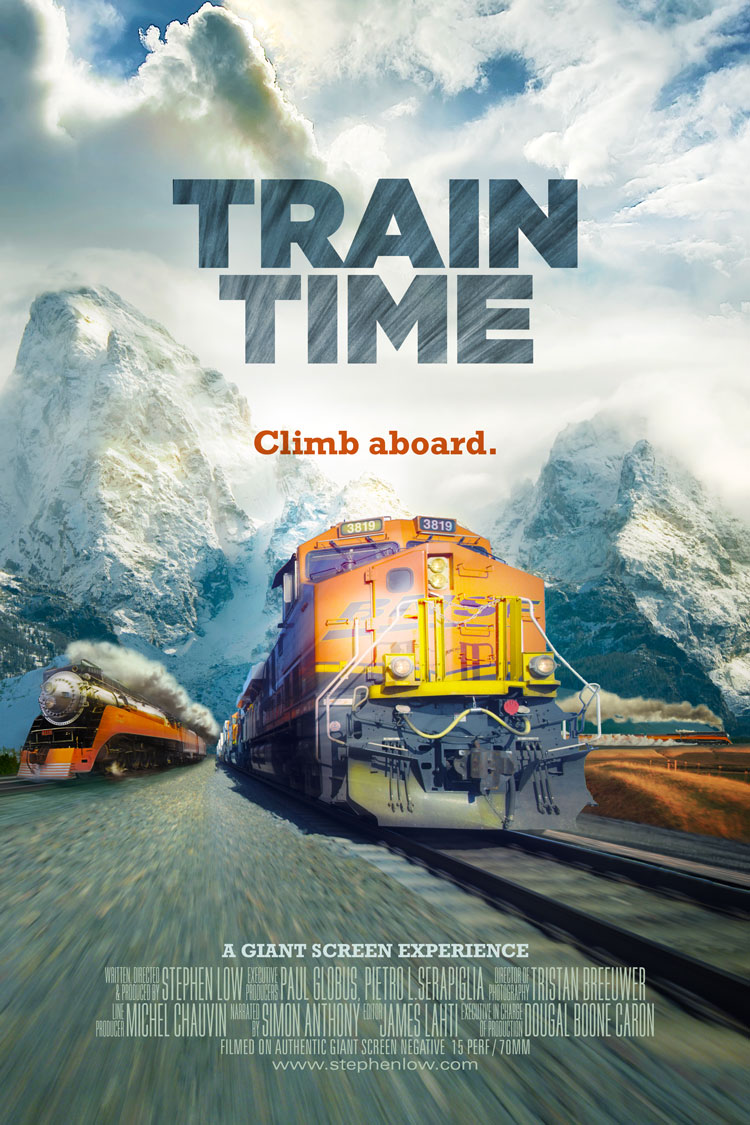
Synopsis
Train Time follows the trek of a modern freight train through the communities it serves, revealing the beauty, vastness and diversity of the American landscape and the evolving role and remarkable heritage of railroading—a profession integral to the fabric of modern civilization.
Along parallel bands of steel we race: through prairie, mountains and desert, through cities and towns and wilderness. Along the way, railroaders and the tracks and trains themselves offer up a remarkable story of engineering, of frontier-taming and community-building, human ingenuity and industry.
Theme
In a world of asphalt highways, fast cars, jet travel and instantaneous communication, the work of freight railroads seems to many perhaps as remote and anachronistic. Train Time offers a spectacular, alternative vision.
About Production
The Making of Train Time
Train Time (working title) is a massive and unique effort that promises audiences a giant screen experience unlike anything yet seen. Filmed with railway cooperation, the giant screen documentary will offer up a remarkable behind-the-scenes and immersive ‘being-there’ perspective of railroading.
Principal photography for the Train Time project includes a wide range of onboard and trackside filming, yard operations and aerial shooting—including multiple seasons and regions.
Now complete, principal photography for the Train Time project began in mid-July of 2015 with 6 days (July 16-21, 2015) of aerial filming. Working with a gyrostabilized Spacecam-equipped helicopter, crew and director filmed 15/70 motion picture aerial views of train operations and spectacular western landscapes spanning from Los Angeles to Seattle. Shots included trains in California on the Cajon Pass, in Tehachapi and Central Valley as well as stunning views of trains passing at gorges near the Columbia River between The Dalles and Bend in Washington and Oregon states.
Major filming was undertaken beginning early June, 2016 with IMAX camera coverage of a 5,000+ mile journey by rail—from Kansas to Los Angeles, California, from L.A. to Seattle, WA and back through the Rockies and plains to Kansas City. Winter shooting was undertaken in Montana in February 2017 with coverage of storm conditions and snow removal operations. Additional aerial photography, control center operations and locomotive onboard photography was undertaken through early 2019.
Check out this article “Behind the Scenes of Stephen Low’s Train Time“ (opens pdf in new window) from the giant screen industry publication LF Examiner. The article features interviews by giant screen specialist Diane Carlson with Director/Producer Stephen Low.
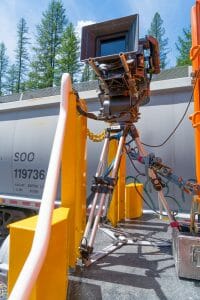
The IMAX camera mounted at the head of a locomotive.



